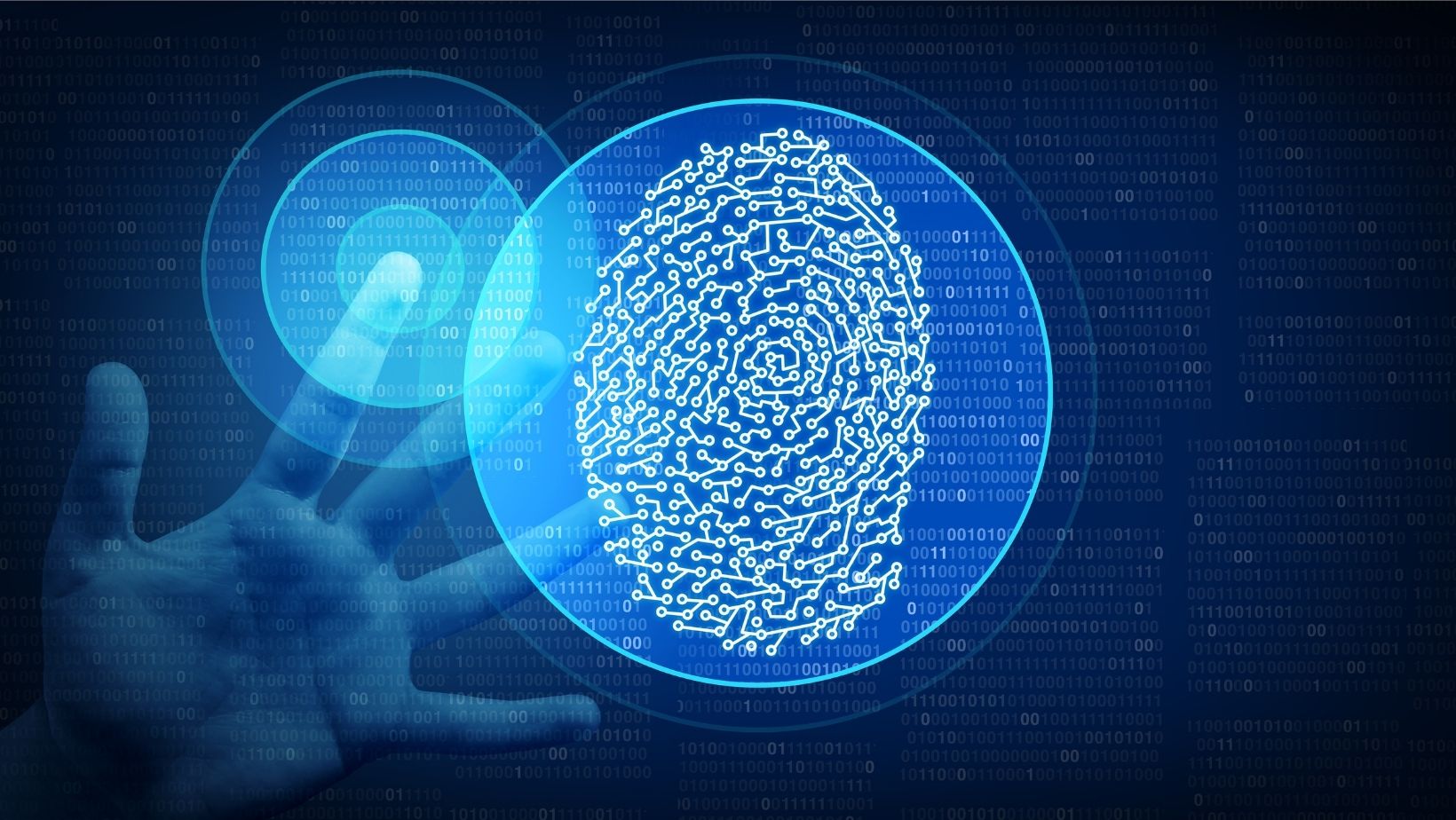Wondering which method falls short when it comes to safeguarding your identity? Let’s explore the options. While there are various measures available, not all provide sufficient protection for your personal information. It’s important to be aware of the limitations and understand which methods may leave you vulnerable.
One common misconception is that relying solely on a strong password is enough to protect your identity. Although a robust password is undoubtedly an essential component of online security, it is not sufficient on its own. Passwords can be compromised through various means such as phishing attacks or data breaches, leaving your personal information exposed and at risk.
Another method that may fall short in protecting your identity is relying solely on public Wi-Fi networks. While convenient for staying connected while on the go, public Wi-Fi networks can pose significant risks to your privacy. These networks often lack proper encryption protocols, making it easier for hackers to intercept sensitive data transmitted over them.
Combining strong passwords with additional measures like two-factor authentication, encrypted connections, and using reputable virtual private networks (VPNs) can significantly enhance the protection of your identity online.
Why Identity Protection Is Crucial
In today’s digital age, the importance of identity protection cannot be overstated. With the increasing prevalence of online transactions and data breaches, safeguarding your personal information has become more essential than ever before.
Here’s why identity protection should be at the top of your priority list:
- Preventing Financial Loss: Identity theft can result in significant financial losses as cybercriminals exploit your personal information to make unauthorized purchases, open fraudulent accounts, or drain your bank account. By proactively securing your identity, you can minimize the risk of falling victim to such financial crimes.
- Safeguarding Personal Information: Your personal information is a valuable asset that needs constant protection. It includes details such as social security numbers, credit card information, and medical records. In the wrong hands, this data can be exploited for various malicious purposes like committing fraud or even impersonating you.
- Protecting Reputation and Social Standing: Identity theft doesn’t just impact your finances; it can also tarnish your reputation and social standing. Imagine someone using your stolen identity to engage in illegal activities or post defamatory content online under your name. The consequences could be devastating both personally and professionally.
- Mitigating Emotional Distress: Dealing with identity theft can lead to immense stress, anxiety, and frustration as you navigate through complex legal processes and attempt to restore your stolen identity.
While basic security measures like using strong, unique passwords and keeping your devices updated are important, they are only the first line of defense. To truly safeguard your identity, consider additional measures such as enabling two-factor authentication, regularly monitoring your credit reports, and using reputable identity protection services.

Common Methods Of Identity Theft
Identity theft is a pervasive issue in today’s digital age, and unfortunately, relying solely on certain methods to protect your identity is not sufficient. Let’s delve into some common methods used by identity thieves that highlight the importance of comprehensive protection strategies:
- Phishing Attacks: One prevalent method employed by cybercriminals is phishing attacks. These deceptive tactics involve sending fraudulent emails or messages disguised as legitimate organizations, such as banks or government agencies. They aim to trick unsuspecting individuals into revealing personal information like passwords, social security numbers, or credit card details. Beware of suspicious emails requesting sensitive information and always verify the authenticity of any requests before sharing personal data.
- Data Breaches: With the increasing number of data breaches occurring worldwide, it’s crucial to recognize that even if you take precautions to safeguard your own information, external factors may still compromise your identity. Hackers target large databases containing personal records from various sources such as financial institutions or social media platforms. Stay informed about major data breaches and take appropriate measures like changing passwords regularly and monitoring your accounts for any unusual activity.
- Skimming Devices: Another technique frequently employed by criminals is the use of skimming devices at ATMs or point-of-sale terminals. These devices are designed to capture credit card information when customers swipe their cards for transactions. By being vigilant and checking for any signs of tampering or suspicious attachments on payment terminals, you can reduce the risk of falling victim to this type of identity theft.
- Social Engineering: Identity thieves often exploit human vulnerabilities through techniques known as social engineering scams. They manipulate individuals into divulging confidential information voluntarily by posing as trusted entities over phone calls or through online interactions. Always exercise caution when providing personal details over the phone or online, particularly if someone initiates contact unexpectedly.
Remember, being proactive and diligent in safeguarding your personal information is key to minimizing the risk of falling victim to identity theft in today’s digital landscape.

